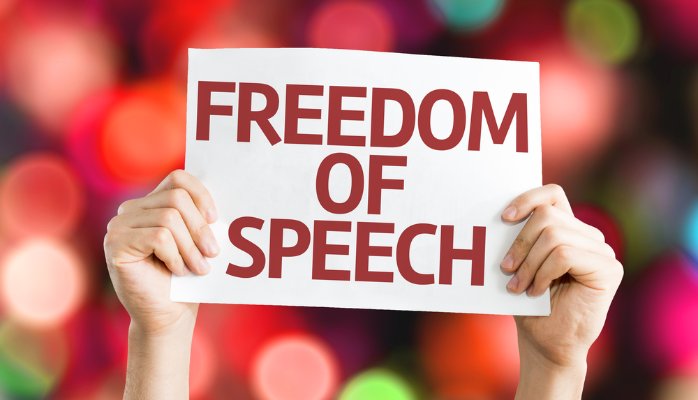
Living Room Conversations
Living Room Conversations' vision is a world in which people who have fundamental differences of opinion and backgrounds work together with respect – and even joy – to realize the vibrant future we all desire.
Living Room Conversations enable people to come together through their social networks, as friends and friends of friends to engage in a self-guided conversation about an agreed upon topic. Typically conversations have self-identified co-hosts who hold differing views. They may be from different ethnic groups, socio-economic backgrounds or political parties. Each co-host invites two of their friends to join the conversation. Participants follow an easy to use format offering a structure and a set of questions for getting acquainted with each other and with each other’s viewpoints on the topic of the conversation. Conversations foster new relationships and often reveal common ground.
More on Living Room Conversations
After a successful pilot project in late 2010, Amanda Kathryn Roman and Joan Blades, co-founder of MoveOn.org, launched Living Room Conversations. They took the successful conversation format that was created for their small pilot project and made it available to people and organizations across the country. Since then, Living Room Conversations has continued to grow and evolve as they take on new projects to help promote civil conversations.
Living Room Conversations also acts as a partner to AllSides. The AllSides for Schools initiative was launched jointly between the two organizations to bring lesson plans, online interactive tools, and in-class programs to students across the nation. Among other things, AllSides for Schools teaches students media literacy skills as well as how to practice the art of civil dialog.
Some Americans feel violated by flag burning; some by racist rallies. As extremist groups use violence to gain media attention, most Americans oppose the use of violence. “Fighting words” against individuals in public are not protected free speech (see 1942 SCOTUS decision), but the definition of “fighting words” is unclear and has led to inconsistent court decisions (Wikipedia). Should the government restrict the freedoms of speech and assembly of any groups or individuals, and if so, under what circumstances? Is too much tolerance dangerous, or is giving an authority the power to restrict freedom of speech and assembly even more dangerous?











